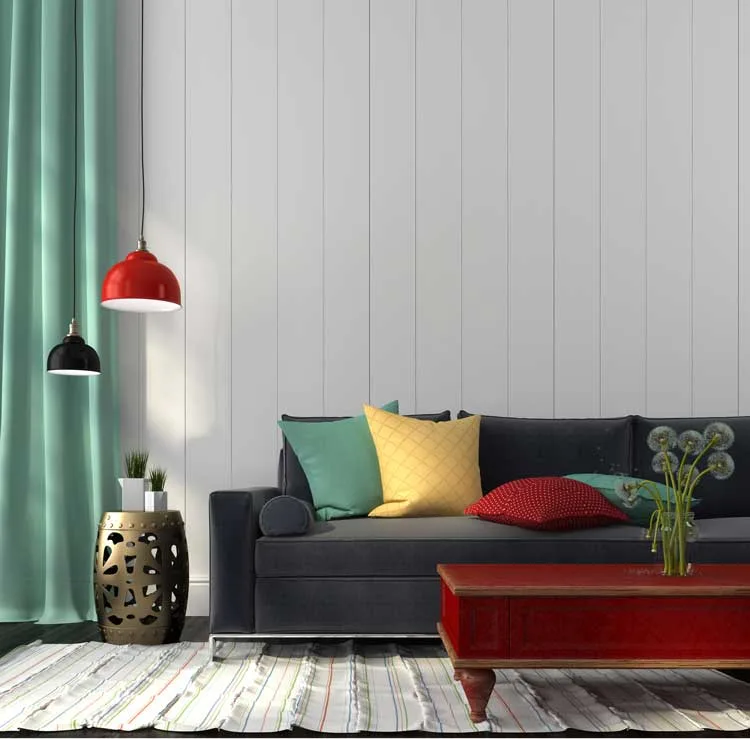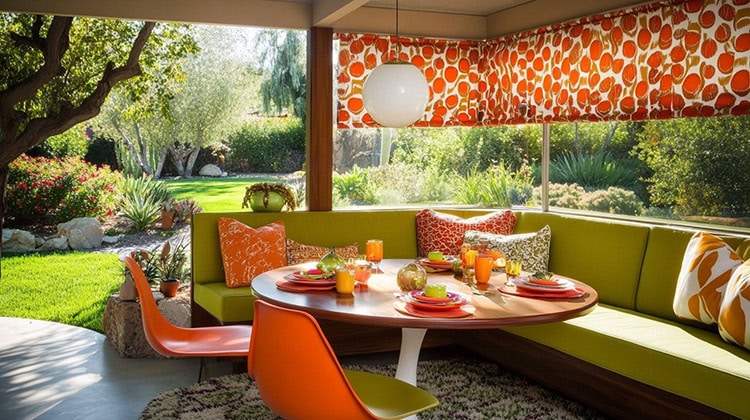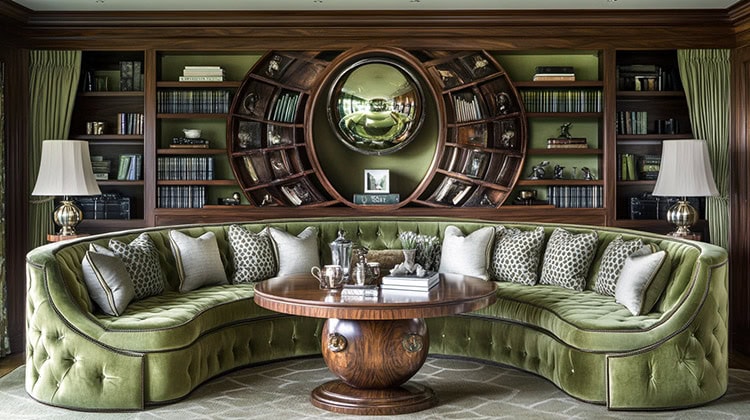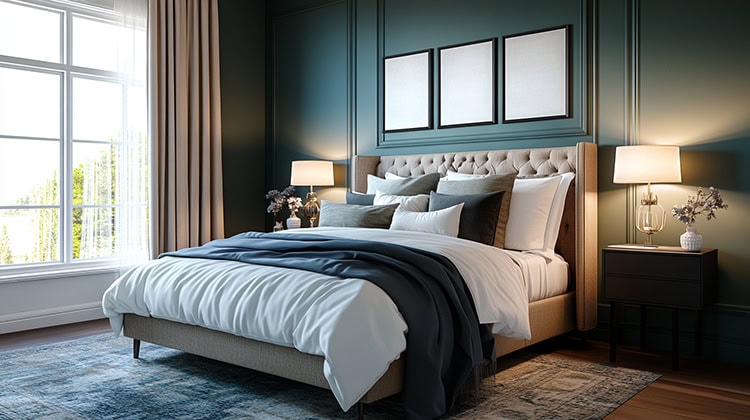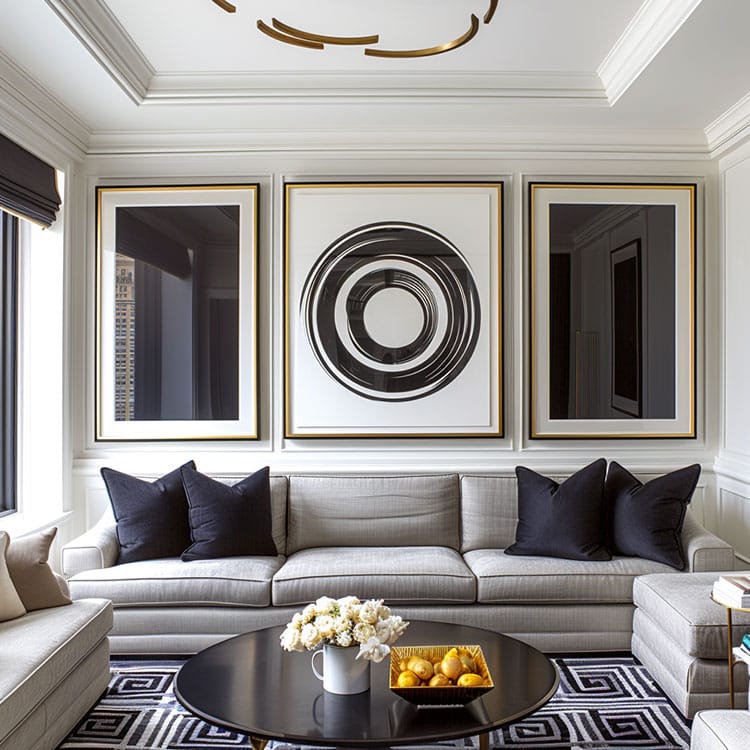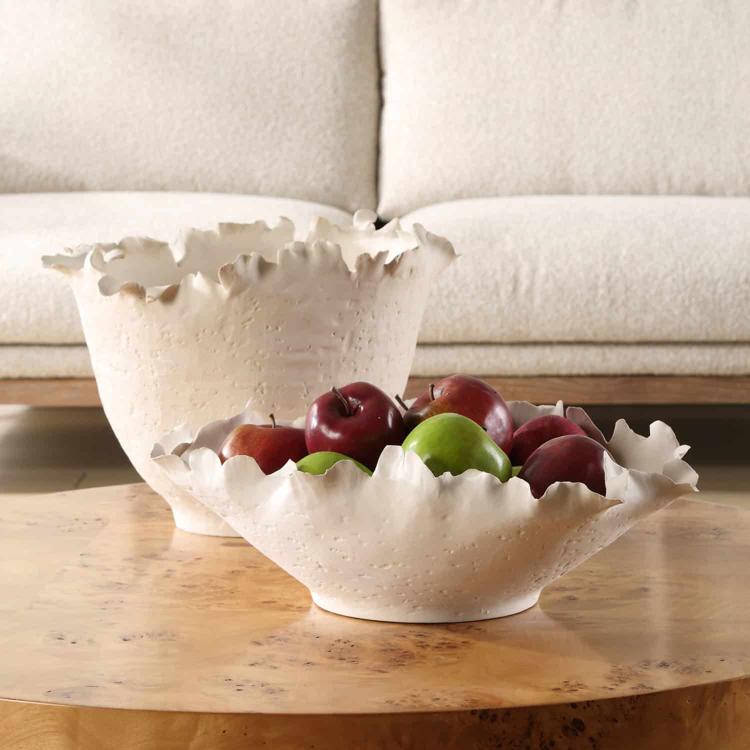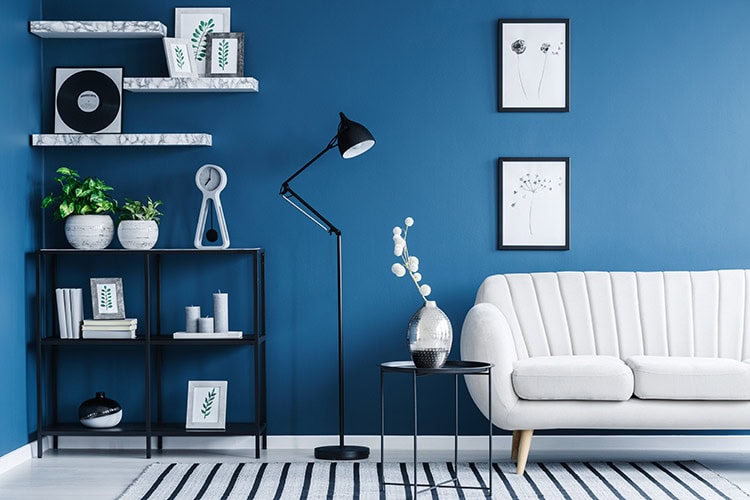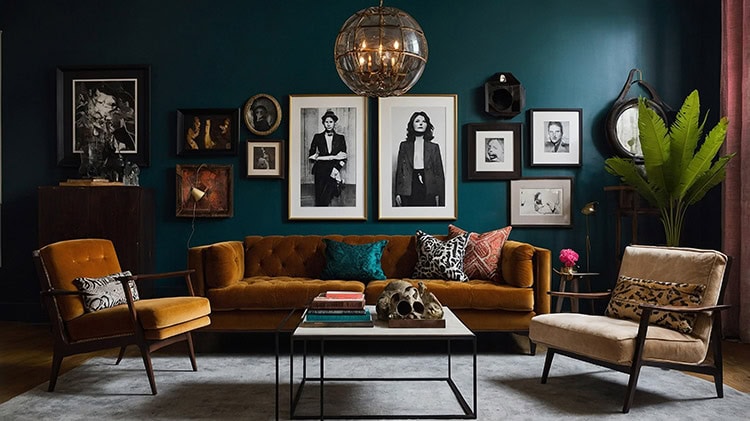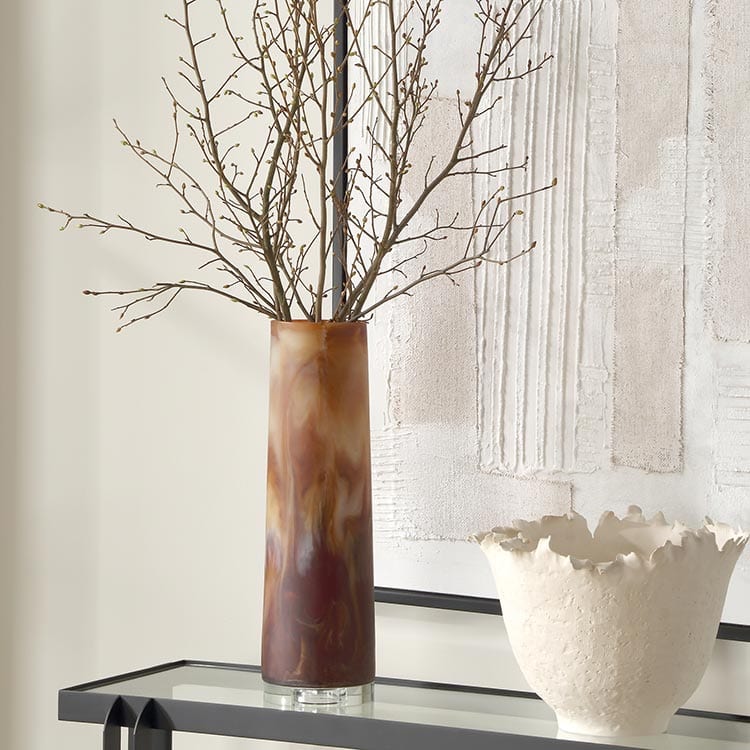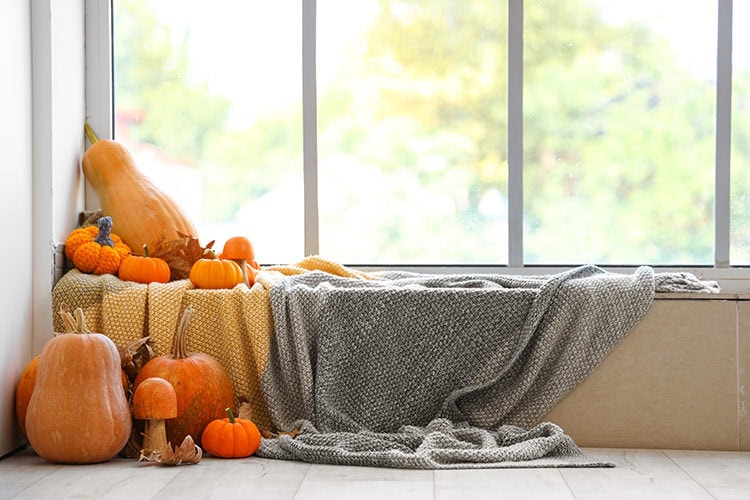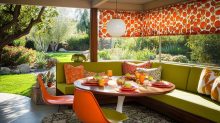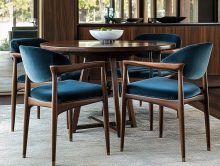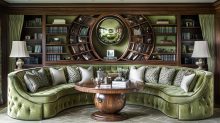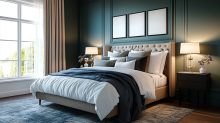Eclectic. Eclecticism. Both are probably words you’re familiar with, but what do they actually mean in regards to interior design?
The term eclectic was initially coined for the art world and presumably first used by Johann Joachim Winckelmann. The word was meant to characterize the combination of elements or particular styles from different time periods and origins within a single project. Over time, this philosophy flowed into other creative realms, including fashion and interior design. Eclectic design in the home can be described as the mixing together of a variety of styles through the use of color, texture, shape, and finish.
One might think that designing a space in the eclectic style is an easy task, however, it’s actually one of the more difficult looks to accomplish successfully. While this design style does give you an abundance of freedom, there are still some simple rules to follow to ensure your place looks harmonious rather than pieced together. Here are 5:
1. Mismatched furnishings
At one time, furniture sets where all the pieces matched were the trend. Thankfully, we’re not there anymore. In fact, the interior design world has really embraced the eclectic style. While there’s nothing wrong with matching your furniture, it often looks “manufactured” rather than personal. Go ahead and mix that family heirloom with that vintage auction find. Incorporating mixed styles is what eclecticism is all about.
2. Peculiar findsDesign
Have any quirky accessories you picked up over the years that never found a place in your home? You don’t have to worry about that anymore. Feel free to combine artwork and accessories even if they reflect different styles and time periods. The eclectic design style also encourages repurposing, so don’t hesitate to give old pieces a new look.
3. Mixture of patterns
Can’t decide if you prefer striped, floral, or geometric patterns? No problem! As long as they have a common theme, like color and pattern size, then anything goes. Check out our fabric selection to find something perfect for your home.
4. Contrasting textures
An eclectic room craves textural contrast. Don’t design a beautiful room and then leave it textural flat. Mix those materials any way you choose to get the dimension and visual interest you need for a successful eclectic room.
5. Commonality
At a glance, it may go overlooked, but all well-designed eclectic rooms have something that ties it all together. It could be a repetitive color or even a repetitive pattern. Pay attention to how the items you have chosen for the space relate to one another and to the room as a whole. Eclectic should appear cohesive, not thrown together.
Hopefully, these tips will help you create a well-designed eclectic home. A few mistakes may be made along the way, but that’s okay. Keep focusing on the pieces that speak to your heart and you’ll eventually be successful in your eclectic decorating.
We are always here to help you with your decorating needs!

